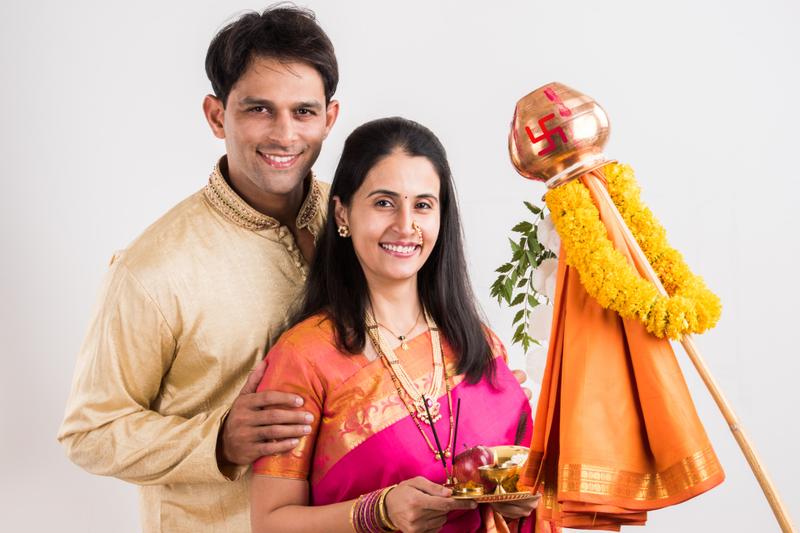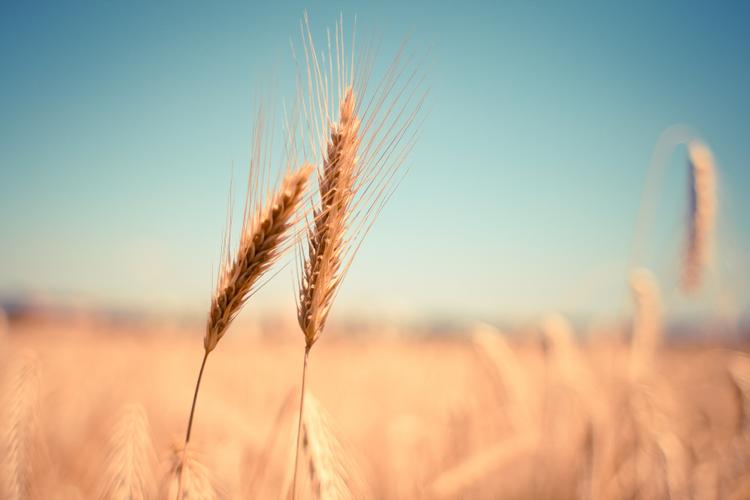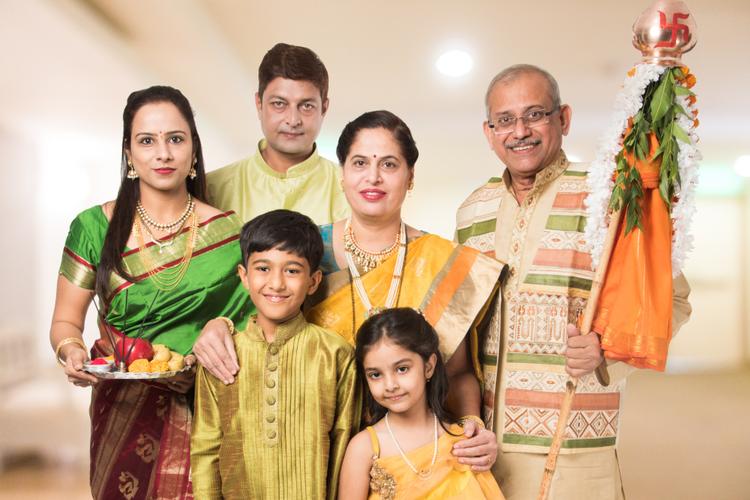The annual Hindu festival of Gudi Padwa marks the advent of the Maharashtrian New Year. The celebration takes place in the Hindu lunisolar month of Chaitra (March-April). The celebration of Gudi Padwa coincides with the spring season or the season of harvest. This auspicious day also marks the onset of spring and the harvest of rabi crops.
The term Gudi Padwa in Marathi is a combination of a tradition and a Sanskrit term. The use of a traditional Gudi flag marks the celebration of the festivities. It is a bright colourful silk scarf-like cloth tied at the top of a long bamboo pole. Neem and mango branches along with flower garlands complete the decoration. This flag is then hoisted outside every household. People believe that Gudi wards off evil and invite prosperity and good luck into the house. The term padwa comes from a Sanskrit word, pratipada which refers to the first day of the lunar fortnight.
Gudi Padwa is a festive occasion for the Konkani and Marathi population. It coincides with the new year celebrations in Tamil Nadu, Karnataka, Andhra Pradesh and Telangana. The harvest season is the highlight of Gudi Padwa. Rabi is one of the most important crops in the Deccan region and the livelihood of many farmers depend on it. People pray for a successful and profitable harvest during this pious festival.
There are a lot of backstories which makes the festival of Gudi Padwa very exciting. Some people say that this was the day when Lord Brahma, the creator, created the universe and everything in it. Another popular belief states that this day marks the return of Lord Ram to Ayodhya from Lanka. It also marks the end of his 14 years of exile. Lord Ram defeated the Lankan overlord Raavan who is symbolic of evil. His return with his wife Sita and brother Lakshman ushered in a prosperous era. These stories are symbolic and give a more personal touch to the time.
People give their homes a nice treat by cleaning and welcoming the new year. Rangolis are a very popular choice for decorative purposes. The Gudi flag on a bamboo pole gets the majestic treatment as it is the festival’s namesake after all. Popular sweets make use of jaggery as one of the main ingredients. People believe in the idea of a sweet, sour, and bitter dish to start off their new year. This is symbolic of the surprises, challenges, and obstacles that lie in store. Neem leaves and mangoes are used in bountiful along with jaggery and sugar. Sweets are an integral part of Gudi Padwa and some of these sweets have gained a lot of popularity. Sweets like Puran Poli and Shrikhand as well as Aambe Daal and Sunth Paak are popular among the masses.
Gudi Padwa is significant from the financial perspective. As it is an auspicious occasion, it serves as an ideal time to take a new direction or start a new venture. Agricultural harvest is an integral part of the economy. These sentiments behind Gudi Padwa make it a significant festival.




